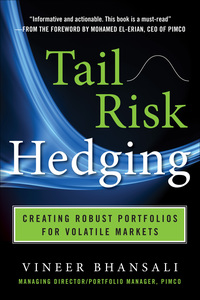Question
Instead of using the average interest rate in Method 1, use Walmarts 30-year bond yield rate that manager Lee provided below. You will use the
Instead of using the average interest rate in Method 1, use Walmarts 30-year bond yield rate that manager Lee provided below. You will use the after-tax cost of debt results from method 2 to estimate the WACC in Question 4.
Lee: Yes, and I read in the same report that Walmart has issued lots of bonds. Other reports showed the same pattern. For example, I noticed that on February 15, 2000, Walmart Issued $1 billion in bonds with a coupon rate of 7.55 per cent. The bonds mature on February 15, 2030, around 11 years from now. I also noticed from an online source that these bonds were selling for $136.38 and yielding 3.53 per cent. I think I need to reread the background material we were provided with because I am confused about the difference between coupon rates and yields.
- After-tax cost of debt in 2019 = Walmart 30-year bond yield rate x (1 effective tax rate) =
-
Question 2B: Debriefing
- What is the drawback of using (Method 1 in Question 2) Walmarts average interest rate to estimate its cost of debt?
- What makes using (Method 2 in Question 2) Walmarts long-term bond issued in 2000 a better way to estimate its cost of debt?
- What is the benefit of using deb-financing as opposed to equity-financing?
-
Question 3: Use Capital Asset Pricing Model to estimate Walmarts cost of equity:
- Step 1 Obtain Risk-Free Rate 2019: Use Feb 19, 2019s 10-year US Treasury Bond Yield that manager Lee stated on case study page 2 as your Risk-Free Rate 2019
- Step 2 Compute Market Risk Premium (see Exhibit 5):
-
The formula for Market Risk Premium = Market Rate 1928-2018 Risk-Free Rate 1928-2018
-
- Step 2a: Use S&P 500 Index Geometric Average Annual Returns: 1928 2018 as your Market Rate1928-2018
- Step 2b: Use the Return on 10-year Treasury Bond Geometric Average Annual Returns: 1928 to 2018 as your Risk-Free Rate 1928-2018
- Step 3 Adjusted : Enter the Bloomberg adjusted beta (see case study page 3) in step 3
- Step 4 Estimate 2019 Cost of Equity using CAPM
- Cost of Equity = Risk-Free Rate 2019 + (Adjusted Beta x Market Risk Premium)
- Question 4: What is the overall Weighted Average Cost of Capital for Walmart in 2019?
- Step 1: D = Book value of all interest-bearing debts from balance sheet in 2019 = ?
- Step 2: E = Book value of equity 2019 = BV common stock & paid-in capital + BV retained earnings = ?
- Step 3: Weight of debt = D/(D+E) = D/V?
- Step 4: Weight of equity = E/(D+E) = E/V = 1 (D/V) = ?
- Step 5: WACC = (D/V) x (after-tax cost of debt from method 2) + (E/V) x (cost of equity) = ?
Step by Step Solution
There are 3 Steps involved in it
Step: 1

Get Instant Access to Expert-Tailored Solutions
See step-by-step solutions with expert insights and AI powered tools for academic success
Step: 2

Step: 3

Ace Your Homework with AI
Get the answers you need in no time with our AI-driven, step-by-step assistance
Get Started


